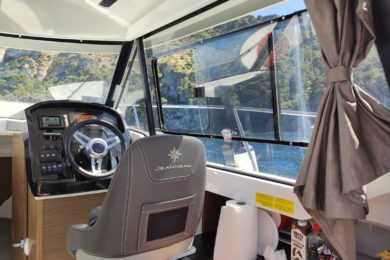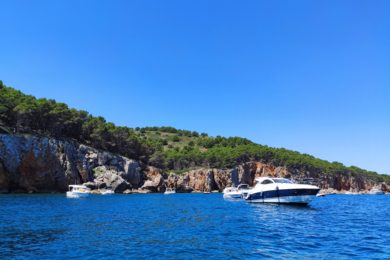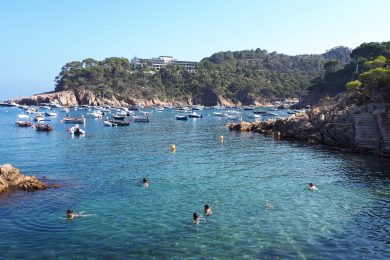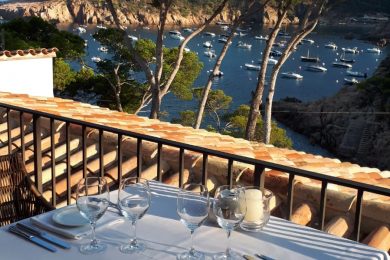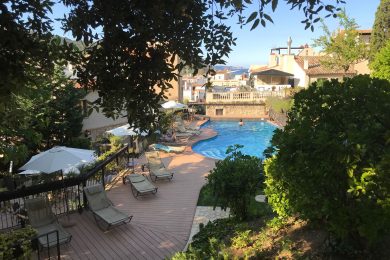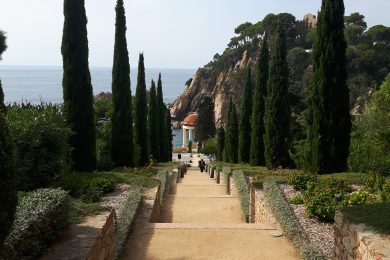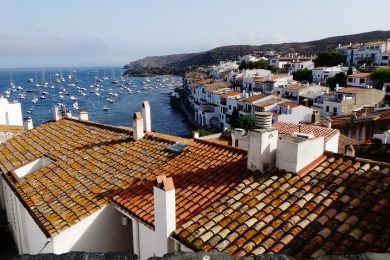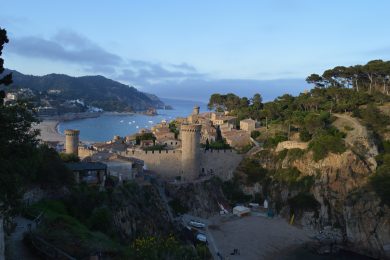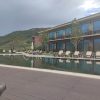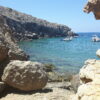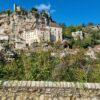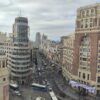In this area of mountains and natural parks, the region’s heritage is seen in its castles, such as the one in Guimarães, and the shrines and churches which are the stage for pilgrimages in the summer. You will find the Baroque architecture of Northern Portugal in its stone and gilded carvings side by side with rural chapels. In its cities, which retain a human scale, such as Viana do Castelo, Braga, Lamego, Chaves and Vila Real, and in the manor houses and stately halls.
BRAGA
Start the tour in Arco da Porta Nova – the Baroque and Neoclassical arch in the very centre of Braga, designed by André Soares in the 1700s. Throughout the tour, your guide will bring to life the history, culture, and traditions of Braga. We’ll set off towards the Sé Cathedral – a mixture of 15th-century Gothic and 17th-century baroque styles and a national monument since 1910.
Free tour here

Then highlights include the Episcopal Palace, with a history stretching back to the 4th century and the beautiful adjoining Santa Barbara Gardens, and the Theatre Circo, known for its architecture and stunning interior.
Once you’ve passed by the Praça da República, Avenida da Liberdade, and Rua do Raio (to name just a few stops), over the course of 2.5 hours, you’ll have a whole new insight into Braga and its history!

Bom Jesus do Monte
The Sanctuary of Bom Jesus do Monte is a Portuguese Catholic shrine in Tenões, outside the city of Braga, in northern Portugal. Its name means Good Jesus of the Mount. This sanctuary is a notable example of Christian pilgrimage site with a monumental, Baroque stairway that climbs 116 meters.
To visit you can reach by car, there is parking (1€) on the top, full on weekend so maybe you need to park down and take the shuttle, so if you can visit it during the weekdays is better. If you reach the sanctuary by car, stop in the middle of the path and take some photos, because then you will see only the view from the highest point.
Here you can visit the sanctuary for free, a beautiful garden behind that, and take some drink at the hotel nearby.


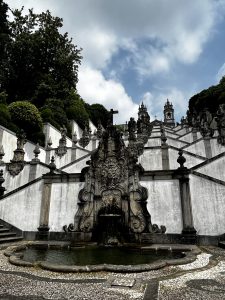
GUIMARAES
Guimarães, declared an UNESCO World Heritage site in 2001 and the birthplace of Alfonso I, the first king of Portugal. The tour of the city will take couple of hours, starting by the Church of Nossa Senhora da Oliveira. You’ll admire many emblematic temples from the exterior, including the Basilica of São Pedro, the Church of São Francisco and the Church of São Miguel, over 600 years old. Nearby, you’ll also see the 10th-century Castle of Guimarães and the Palace of the Dukes of Braganza.



Free tour here
Then, pass through some of the city’s principal streets, like Largo de Santiago, Largo da Misericórdia, Largo de São Damasco and, of course, Largo da Oliveira. On Largo da Oliveira, you will find Padrão do Salado, a famous monument commemorating a battle between Moors and Christians. Afterward, we’ll head to the famous Largo do Toural, considered the heartbeat of the city.
During the tour, you’ll also visit medieval city walls, where you’ll find a sign that says ‘Portugal was born here.’ The perfect spot for a souvenir photo!

Mateus Palace (Vila Real)
Built in the first half of the 18th century to a design by Nicolau Nasoni, the Palácio Mateus, surrounded by beautiful gardens set in a vast estate, is considered one of the finest examples of Baroque civil architecture in Portugal.
Inside, the richly carved wooden ceilings, furniture from different eras, 17th- and 18th-century paintings, silverware, ceramics and a library housing a splendid edition of Camões’ Lusiades stand out.
The Palácio de Mateus is owned by the Casa de Mateus, which has developed an intense cultural activity, particularly in the areas of music, literature and plastic arts, organizing festivals, courses, seminars and exhibitions. Notable in this regard are the “Casa de Mateus Music Meetings,” held every year during the summer months.




